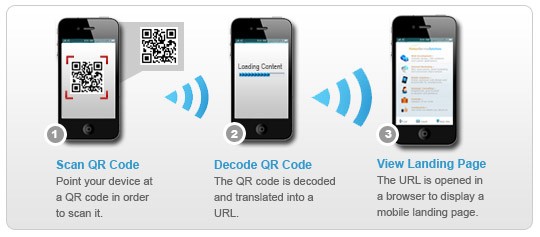Getting prospects and customers to take another action after
they click on an ad or a link is critical.
Post-click marketing to turn clicks
into conversions takes careful planning and an understanding of your
audience and what they need to take that all-important next step.
High-Performance Landing Pages are essential to
track marketing initiatives. Here is an 8-step road map for creating
a successful landing page experience that guarantees to boost conversions. It will help you determine
landing page goals, set targets, segment your audience, define key messages,
select the best landing format to achieve your goals, create compelling offers,
and measure (and improve) your post-click results.
These eight simple directives are as follows:
I.
Create a game plan for the
effort as you calculate the upside to better landing pages and define a key
message.
II.
Set objectives for
landing pages as you identify conversion types and set targets.
III.
Segment your audience to create
targeted experiences that optimize conversion.
IV.
Identify sources so you
can match the experience to the source.
V.
Develop copy to
communicate the right message, in the right tone.
VI.
Define offers that
match your segments and assets.
VII.
Convert prospects by creating
a trust cycle that balances the need for information.
VIII.
Measure results through
three key metrics, diagnose failure points, and make adjustments.
In our experienced opinion, before you
spend any money on online marketing initiatives, please take the time to
understand the following:
- You must measure results (e.g., website traffic, page performance, and conversion rate). If your site doesn’t include analytics currently, you must add a service like Google Analytics.
- What is your overall site conversion rate? If you have a 0 percent conversion rate, no money in the world will get you a positive return on your advertising dollar.
- Where does your website traffic come from? What keywords do people use to find your particular product or service?
- Who do you define as your target market? Where do they hang out most? What messages are you reaching them with?
- How do you compare to your online competition? What’s your pricing like? What are your differentiation factors? What value propositions do you offer and how clear are they on your website?
- What’s the quality of your website design and imagery? Does the site appear fresh and relevant or old and dated? If you use advertising on your site, does it match your target audience and offer clear messaging?
- Does your website make sense?? Do you have clear calls to action? Do customers know where to go once they get to your site?
- What opportunities do you need to consider offline? Have you lined up your online and offline marketing efforts to increase overall effectiveness? If so, which marketing channels will best serve your particular product or service with your target market?
- Do you need new tools or technologies to get the best results or do you already have what you need to be effective?
- Do you have the right team to design, plan, execute, and manage your marketing strategies? Can your in-house team do the work or do you need to outsource these marketing channels to a specialized service provider to ensure the best results and a higher return on your marketing spend?





